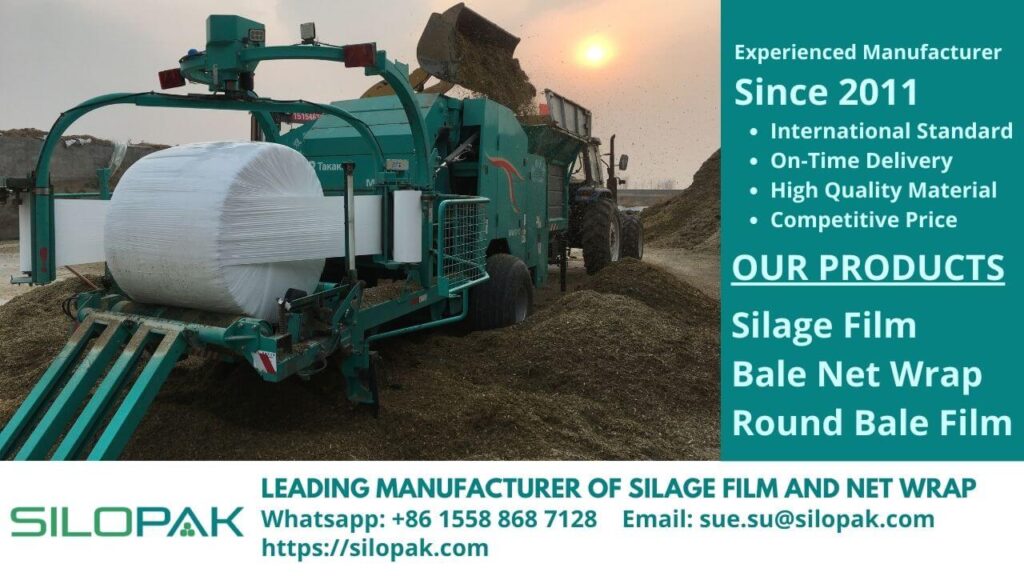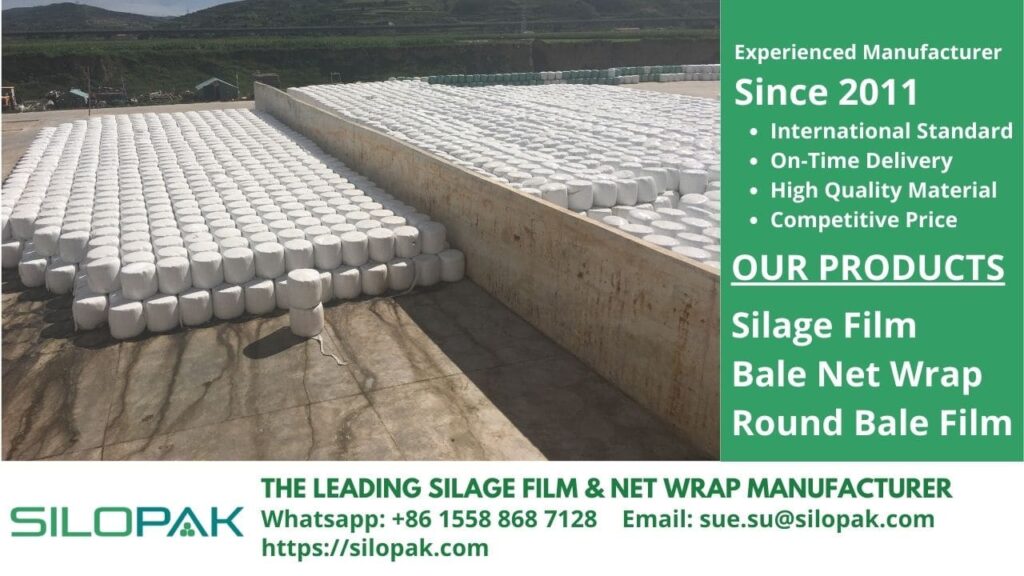
Before, wheat silage was often underrated as cattle feed. But now, silage production from wheat forage as an alternative cattle feed is common for farmers. The main reason is based on several research results; it is proven that the performance level of beef cattle fed wheat silage is about 80% of the performance of beef cattle fed corn silage. If you are planning to produce wheat silage, here are some essential things you should keep in mind.
contents
Advantages and Disadvantages of Wheat Silage
Like other types of forage, silage from wheat forage has its advantages and disadvantages.
Advantages
Some of the advantages include:
- Wheat is classified as a plant that is suitable for planting in various types of soil in subtropical climates.
- Wheat is a plant that can be grown with a number of other forage crops.
- Wheat can be a stock fodder in the fall because it is mostly planted in the spring, which has the right humidity.
- Wheat silage can be used as an alternative animal feed when other types of forage have run out and have not been harvested this year.
- Wheat silage as cattle feed can significantly increase milk production when combined with a balanced grain ration.
- New, higher-quality seeds will easily grow from wheat trimmed for silage
- Wheat silage is most suitable for storage in upright or horizontal silos.
Disadvantages
Some of the disadvantages include:
- Harvesting of wheat for silage production must be done quickly to maintain its quality.
- Usually, the time for harvesting forage is the same as the time for planting other crops. So, it requires more manpower.
- The grain size of the silage is very easy to expand after being removed from the silo. So, weighing must be done carefully so that the cow gets enough dry matter.

Nutrient Value of Wheat Silage
Grain cut at boot and early-stage contain 68-76 therms per 100 pounds of net energy. Please note, when wheat enters the middle stage, the net energy will experience a significant decline.
Grain cut at boot and early-stage contain 21% and 15 percent crude protein, respectively. So, compared to grasses and beans, wheat has a higher crude protein content at this stage.
Optimum Cutting Stage
Harvesting should be done quickly without obstacles such as weather, etc., when the wheat forage reaches the boot stage. Because if wheat has entered the middle stage, the energy and crude protein content has likely dropped a lot. Cattle will not be able to produce optimally if they consume forage that is cut later than the initial head.
Storage Management
Here are some storage management tips you need to know.
- Dry Matter Increase
Dry matter yields may increase if harvesting is done late. If the dry matter is too high, the grain will not be encrypted properly and may be difficult to pack.
- Right Amount Dry Matter
Ensile should be carried out according to the right amount of dry matter content to anticipate losses and heating. Each type of silo has its criteria for the amount of dry matter content, for example:
- Bunker or Trench: 30-35% dry matter.
- Conventional Upright: 35-45% dry matter.
- Upright Gas-Tight: 35-50% dry matter.
- Dry Matter Placing
The dry matter will increase along with the harvest process. So, place the dry matter from the beginning of the harvest on the lower side so that the last wheat ensiled is not too dry. For example, if the first wheat loaded into a bunker or trench contains 30% dry matter, the last wheat loaded likely contains 35% dry matter.
High Quality Silage Film, High UV Resistance
One more thing you should also know is you should use a high-quality silage film to maintain the quality of the silage in a closed silo. This silage film can protect the airtight undercoat from UV radiation, mechanical stress, and elements. It can also reduce air exchange between the silage and the undercoat of the film. So, the nutritional content of wheat forage is maintained, and the fermentation process runs without a hitch.
To get high-quality silage film, you can order it from a reputable manufacturer, for example, Silopak. This silage film and bale net wrap manufacturer from China is widely known as a leading global brand since 2011. The quality of all the products offered is made of high-quality materials with international standards. All of them consist of many variations and sizes that you can choose according to your needs. You certainly don’t want to experience losses in producing wheat silage just because you choose a poor-quality silage film, do you? So, choose silage film only from a trusted manufacturer.

